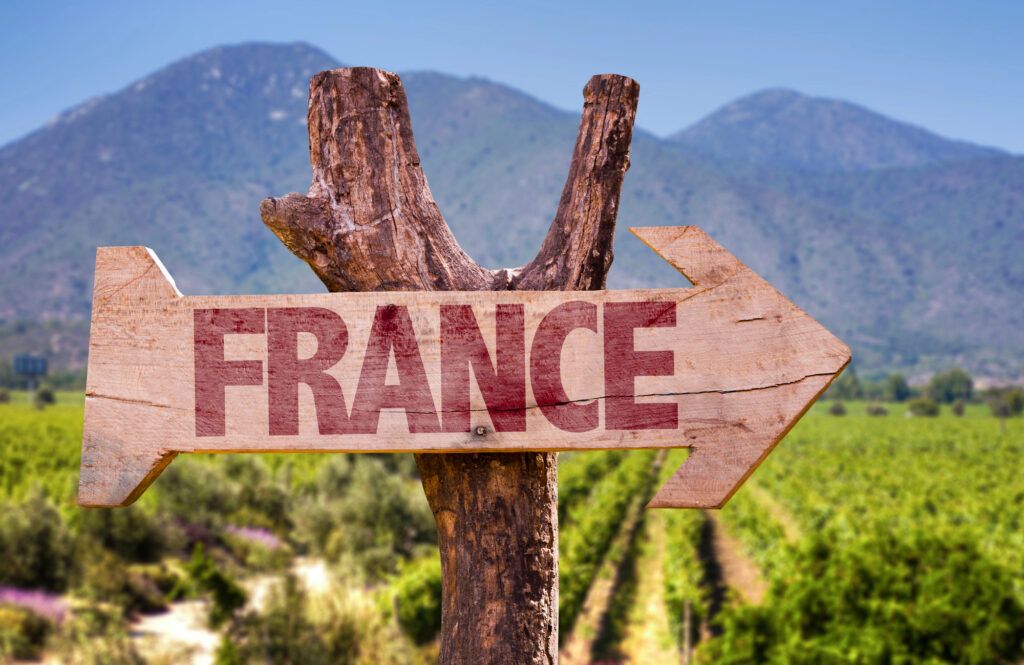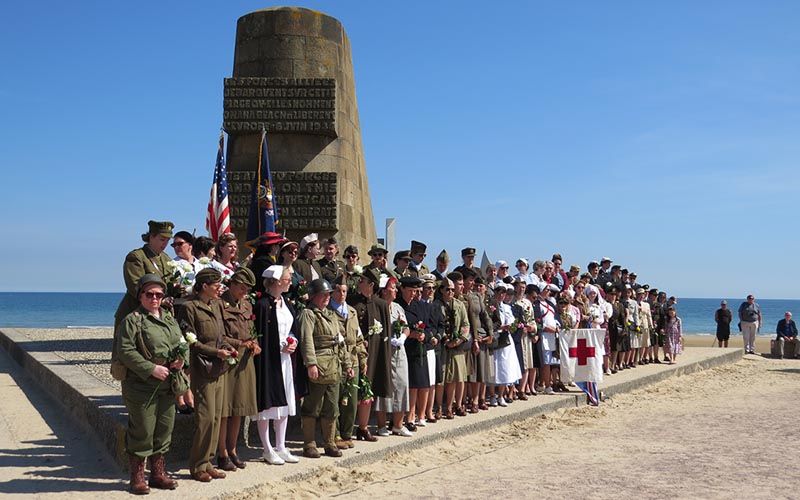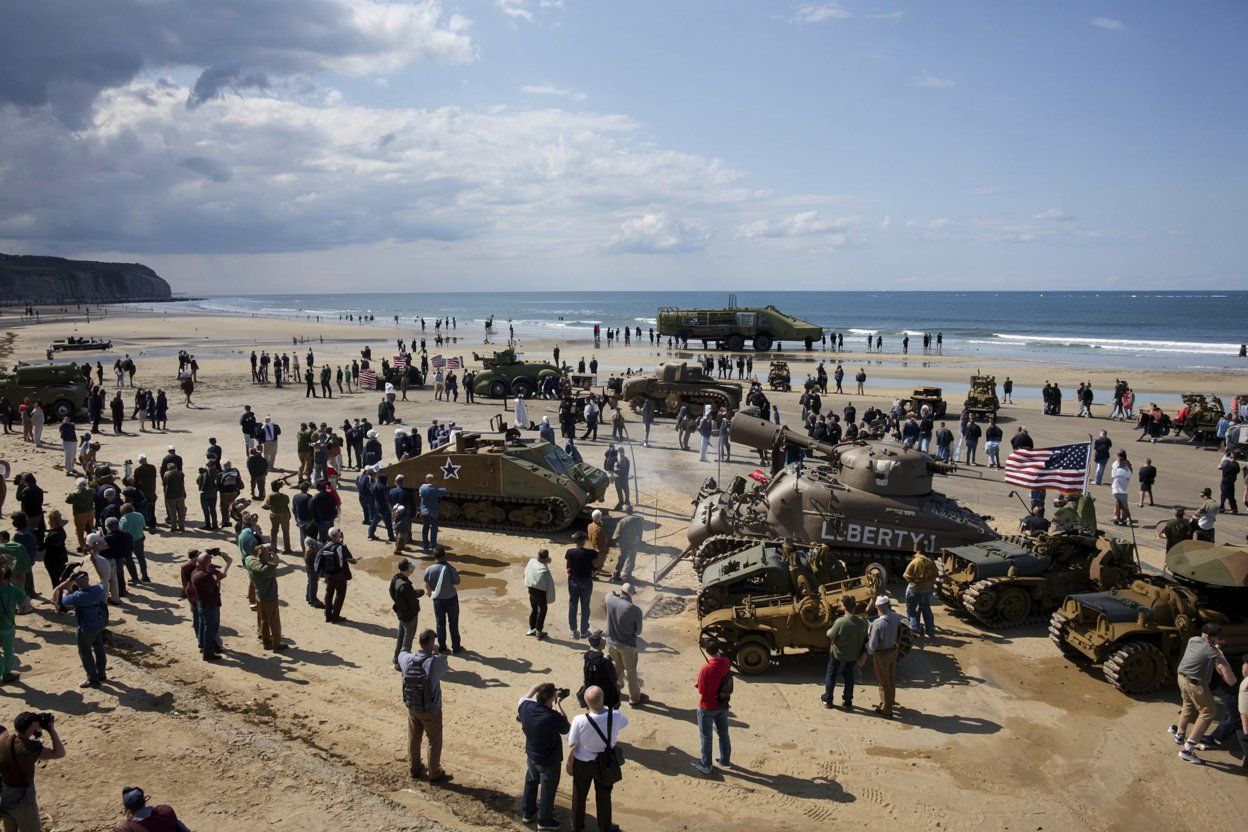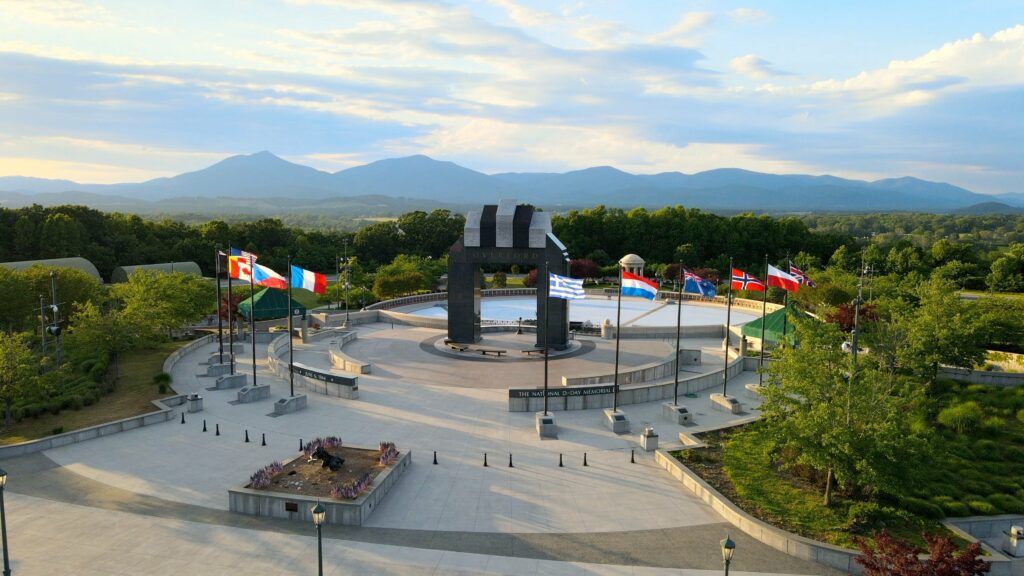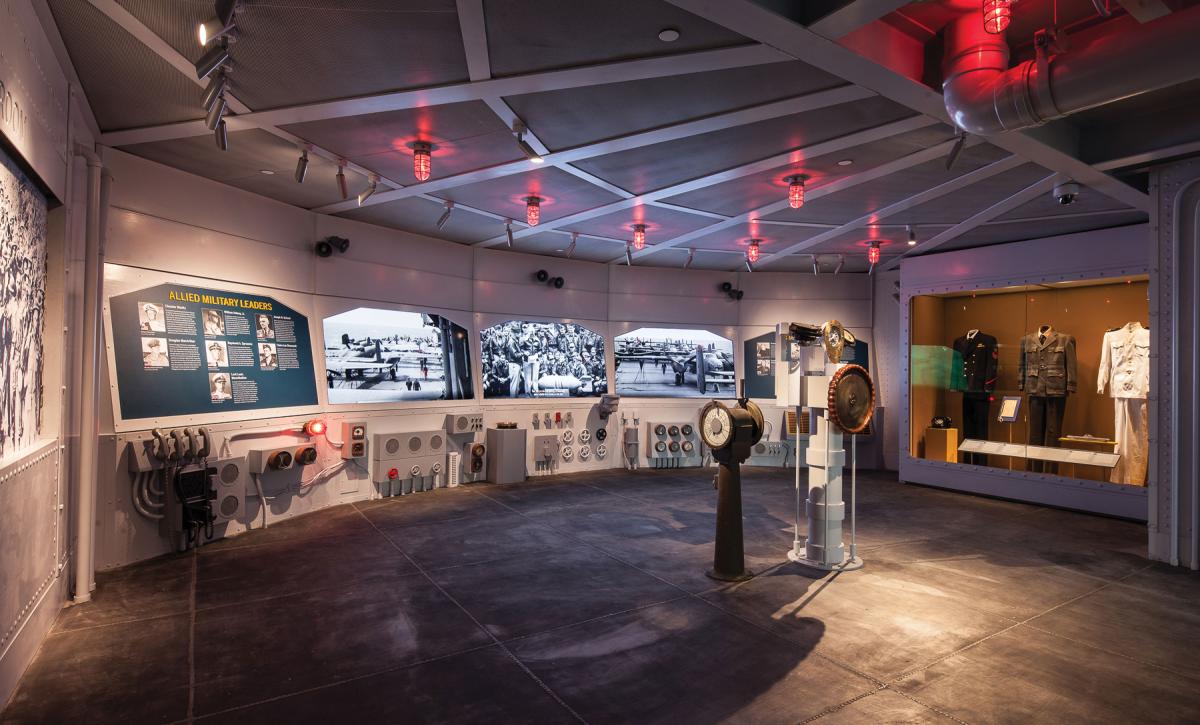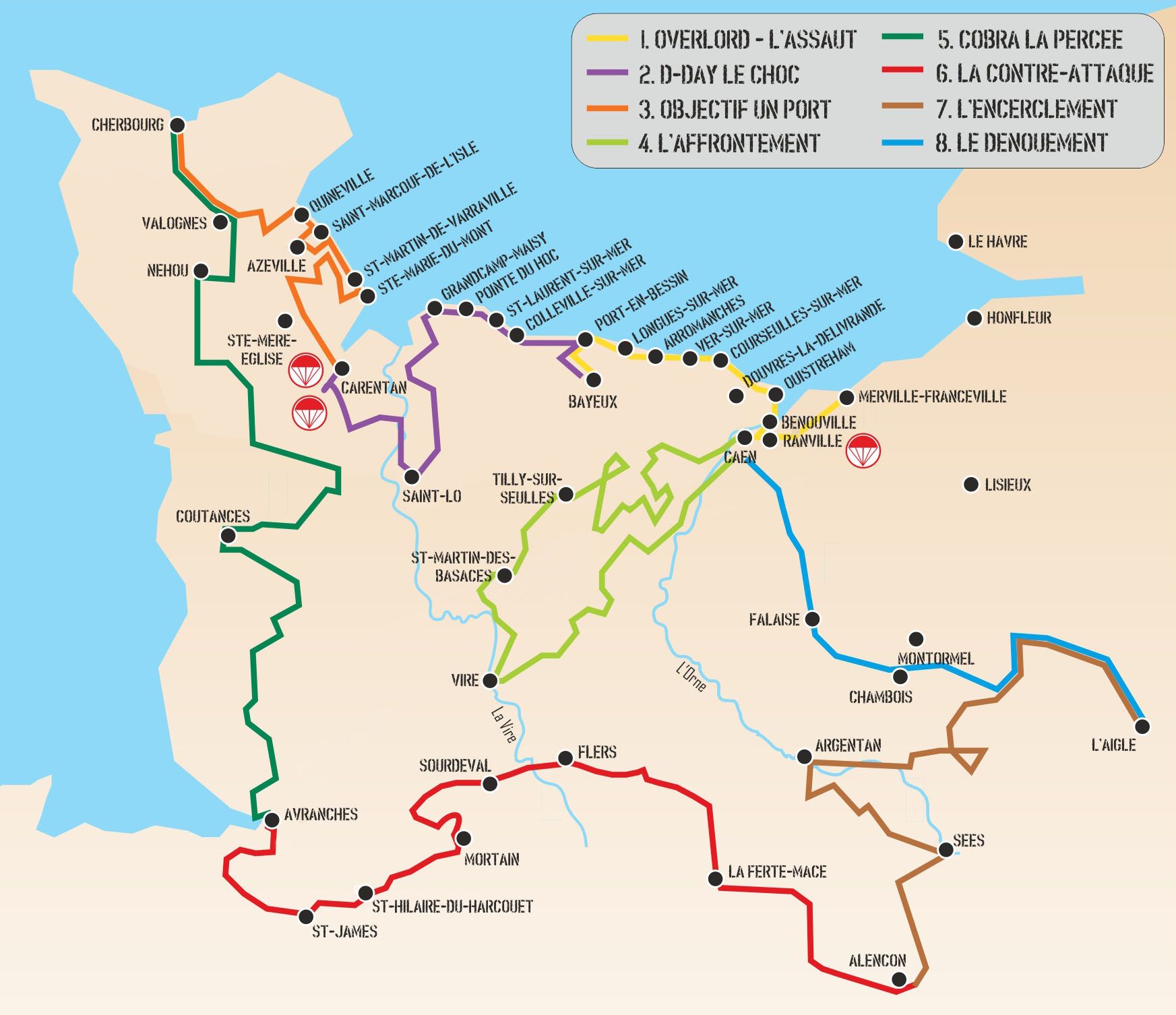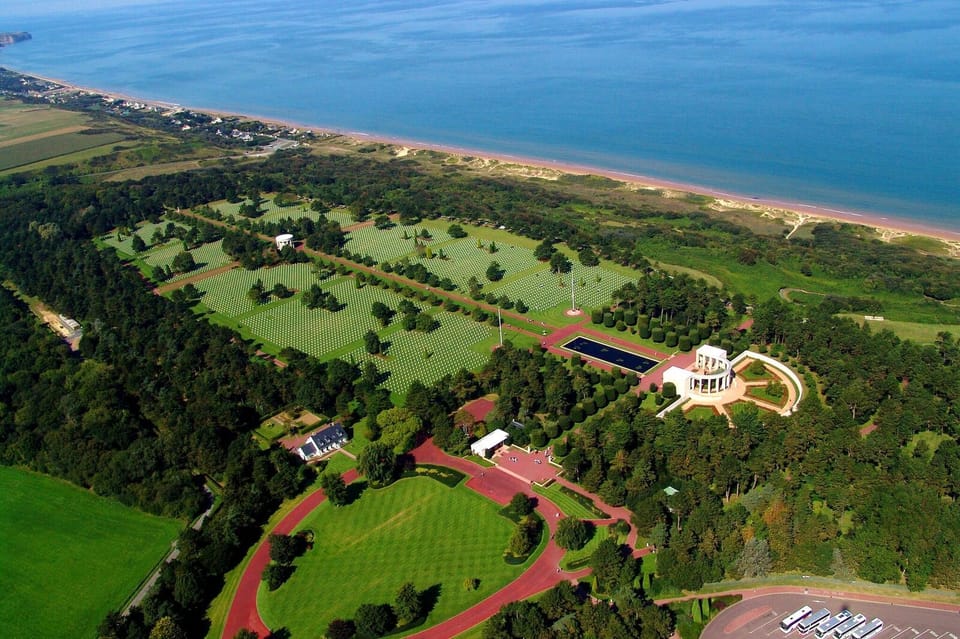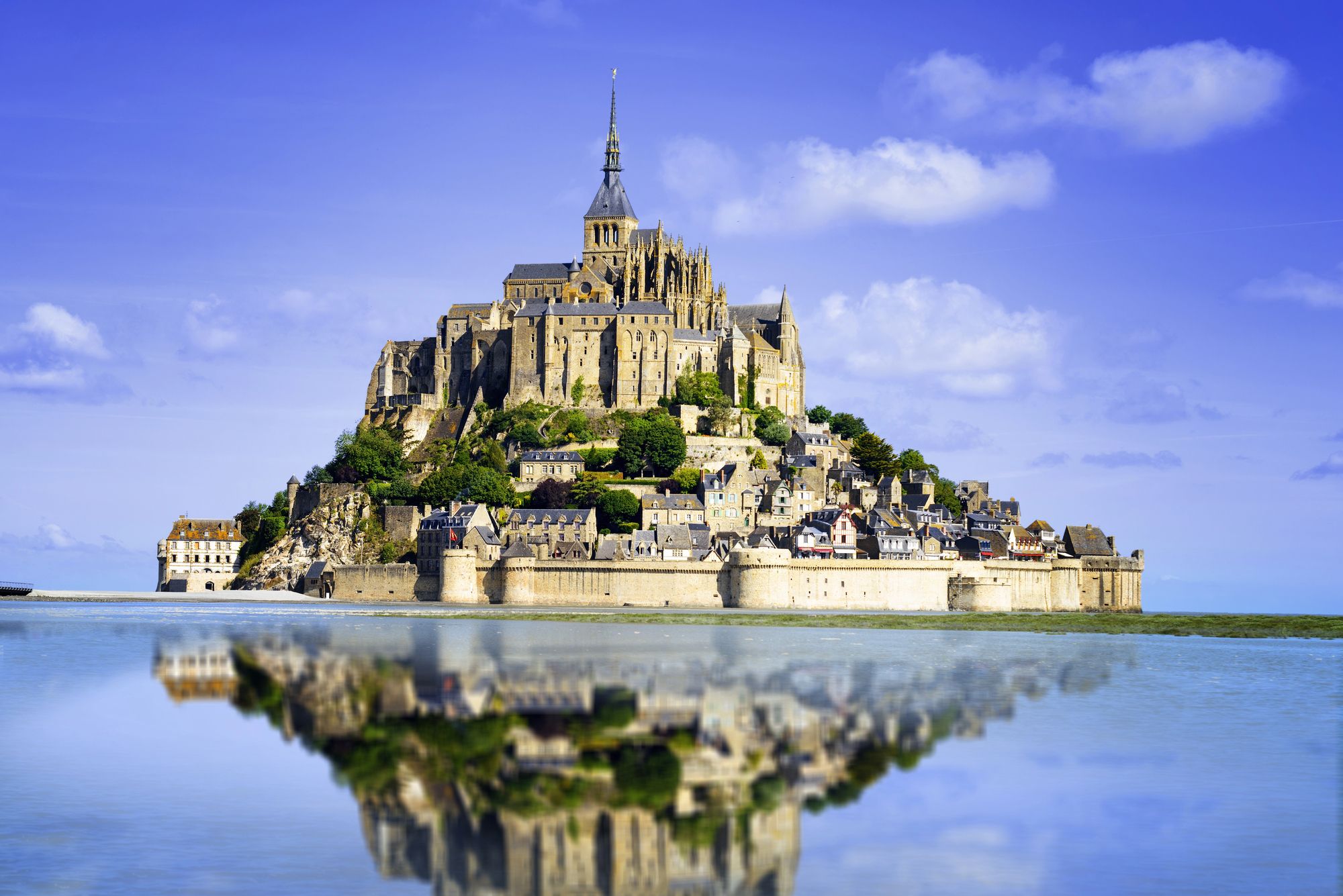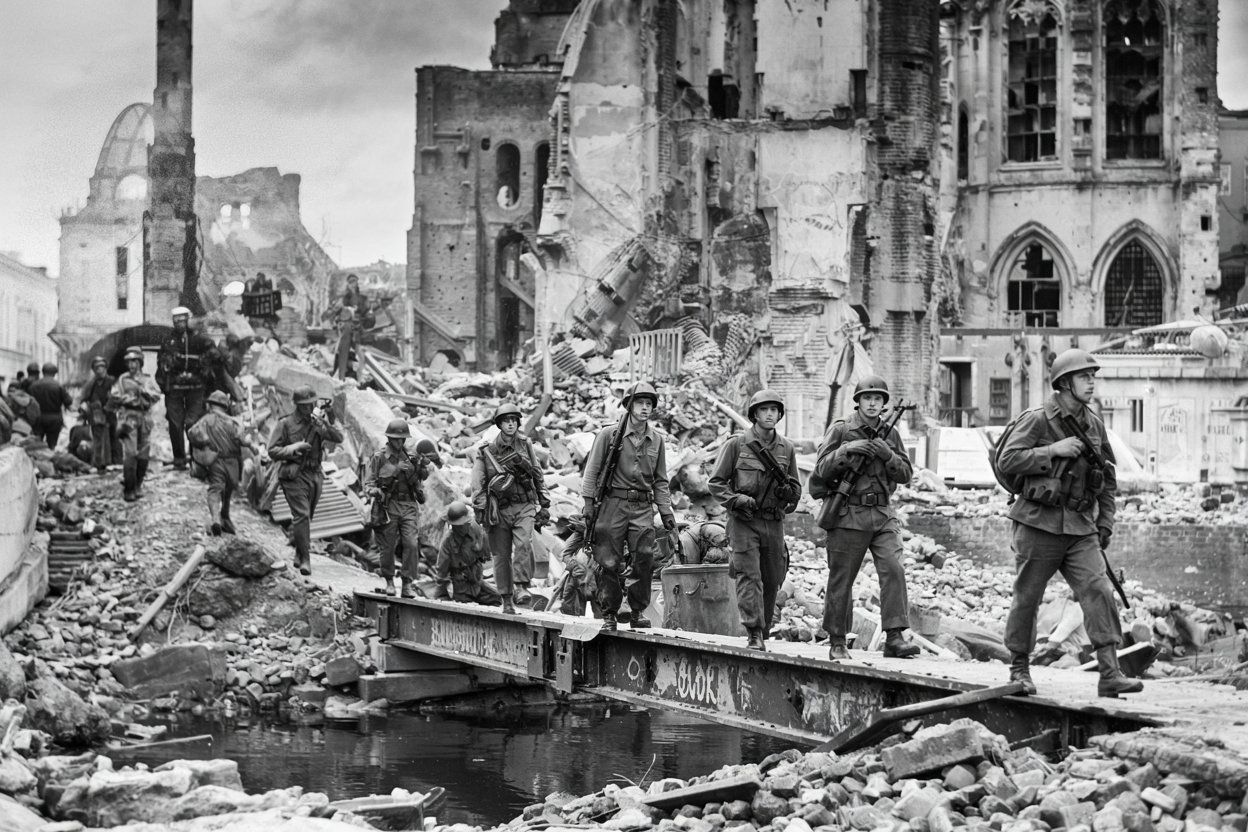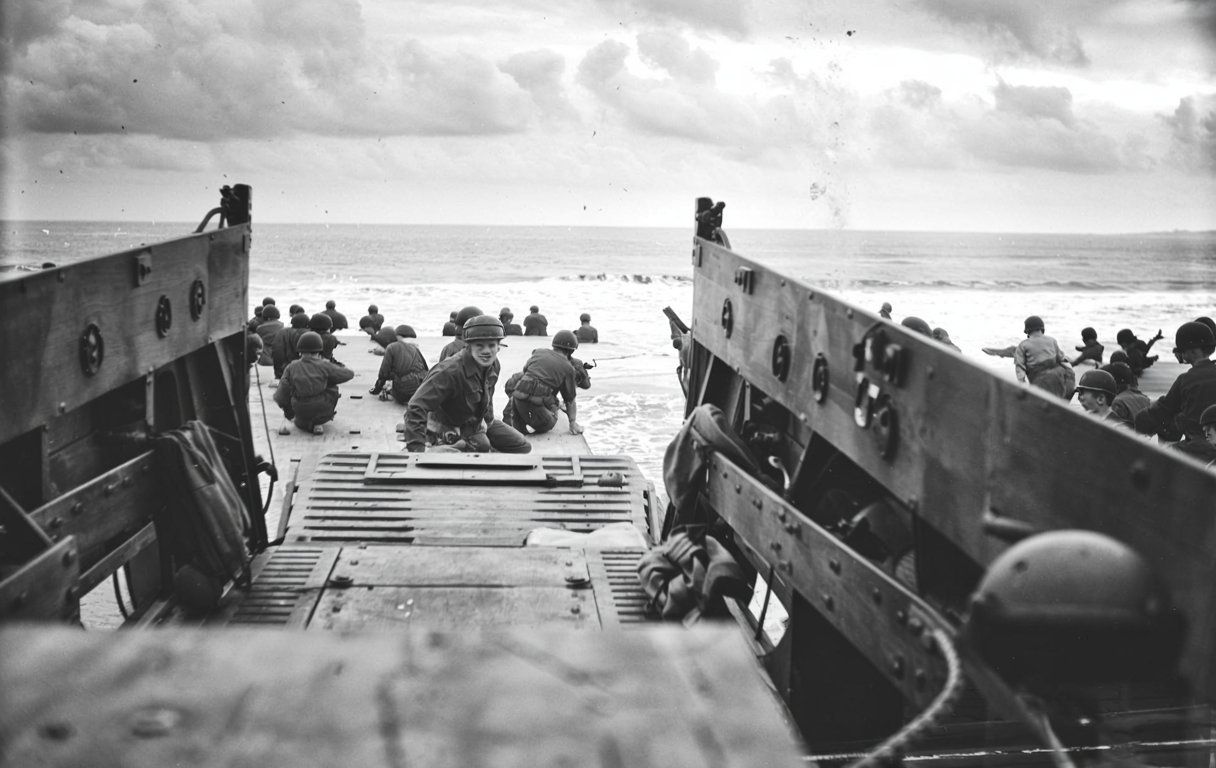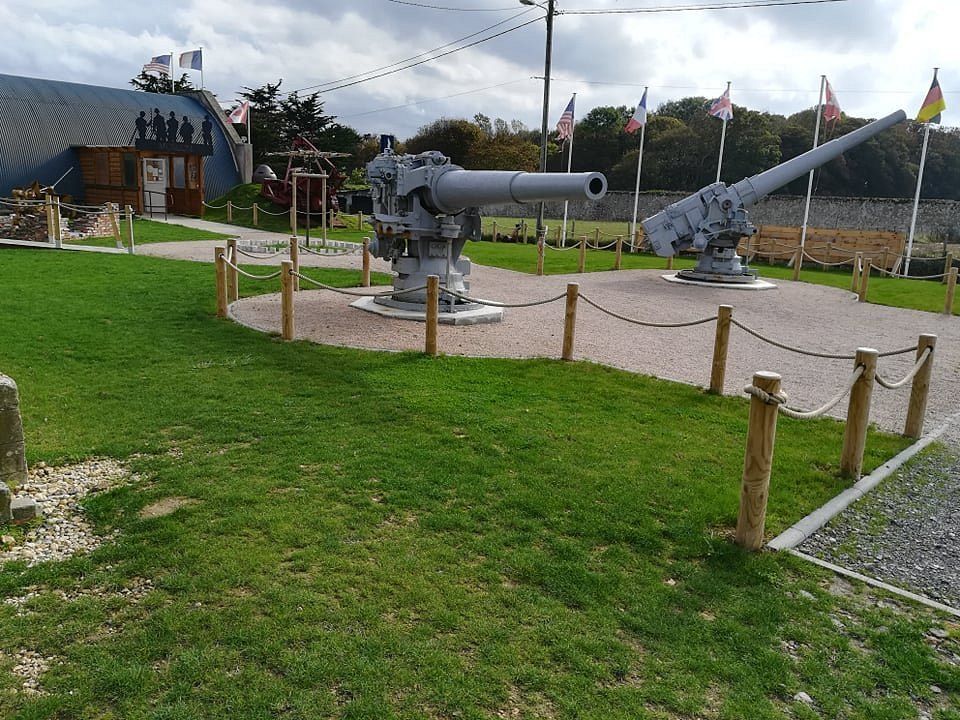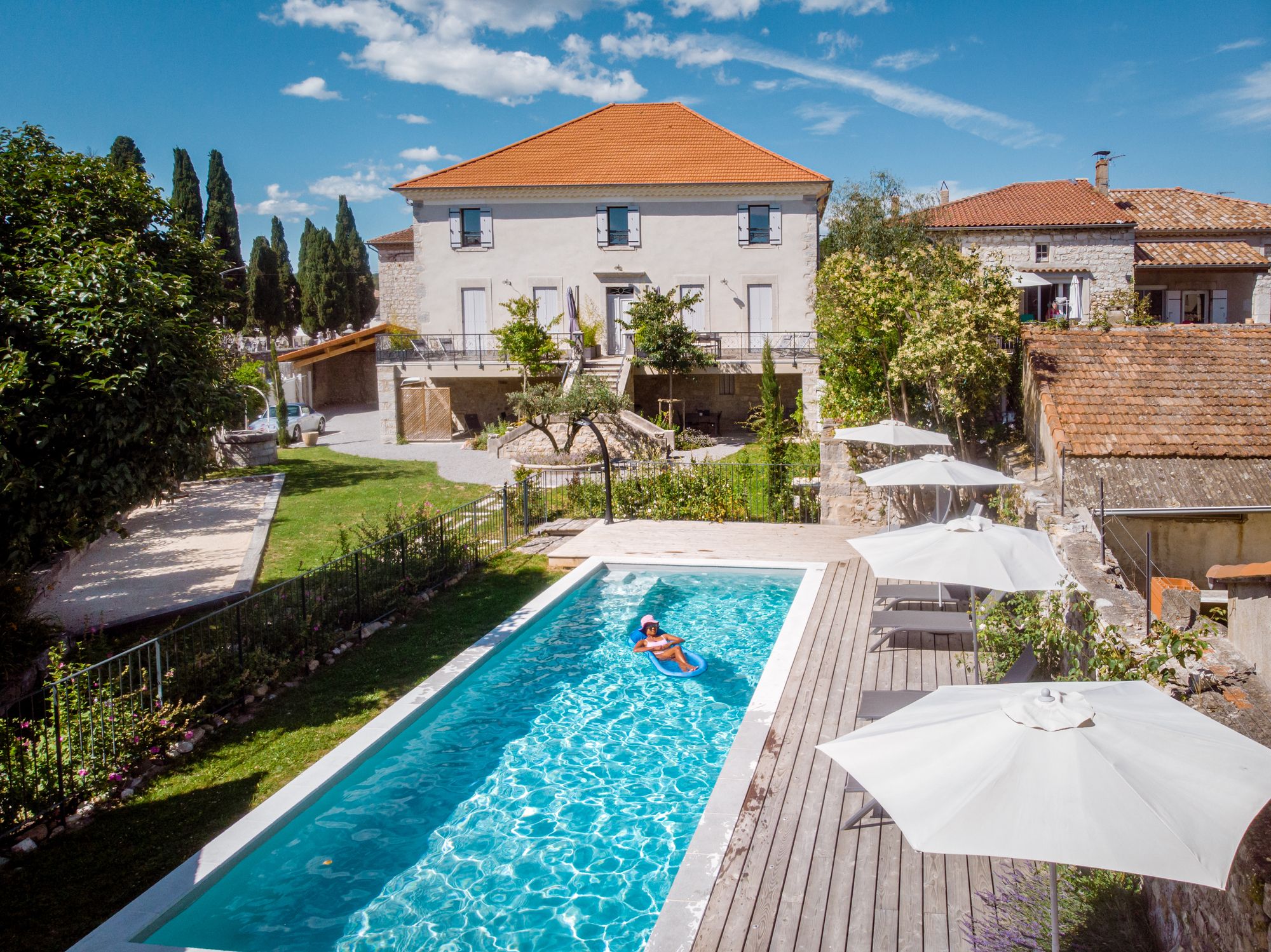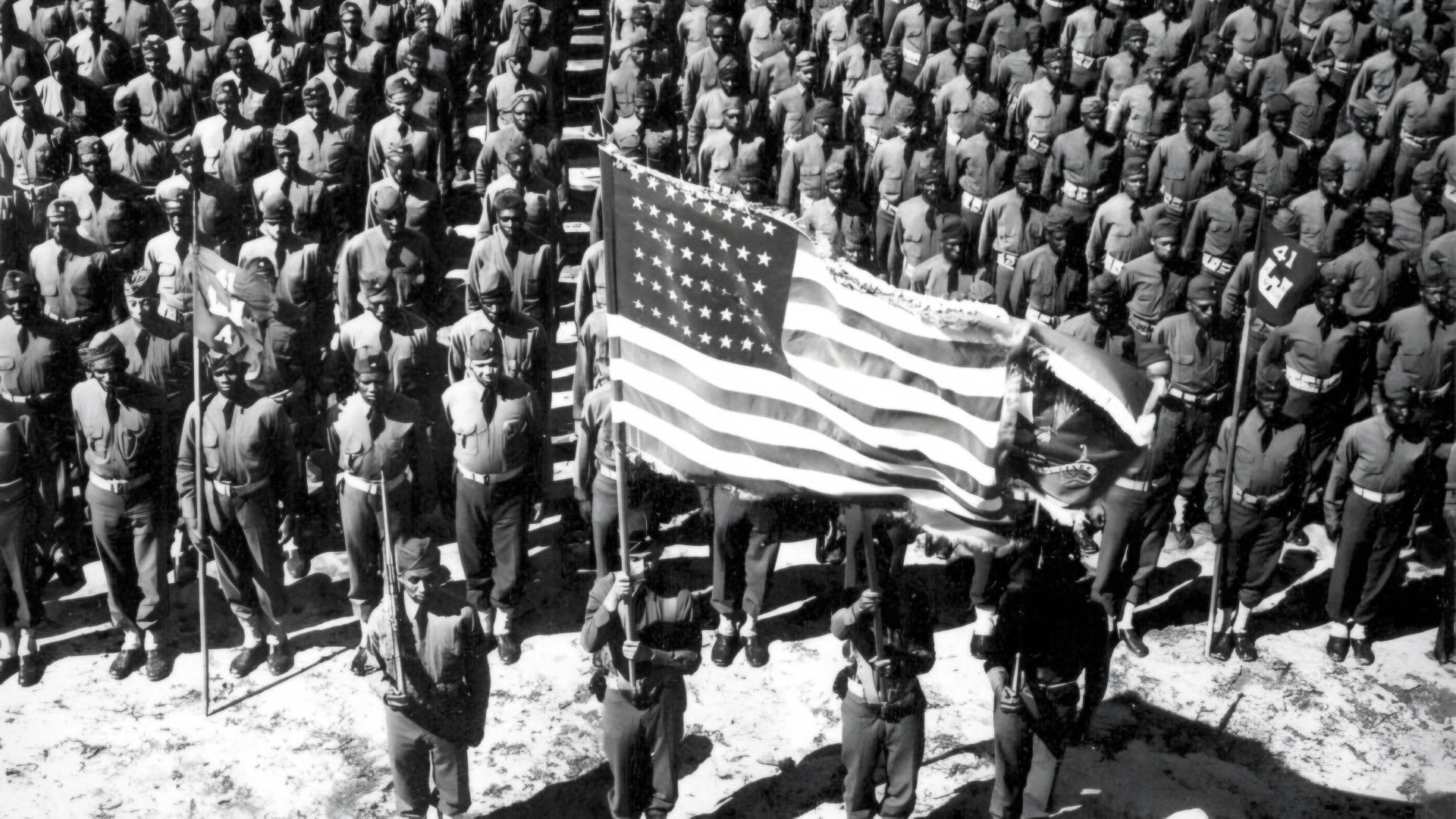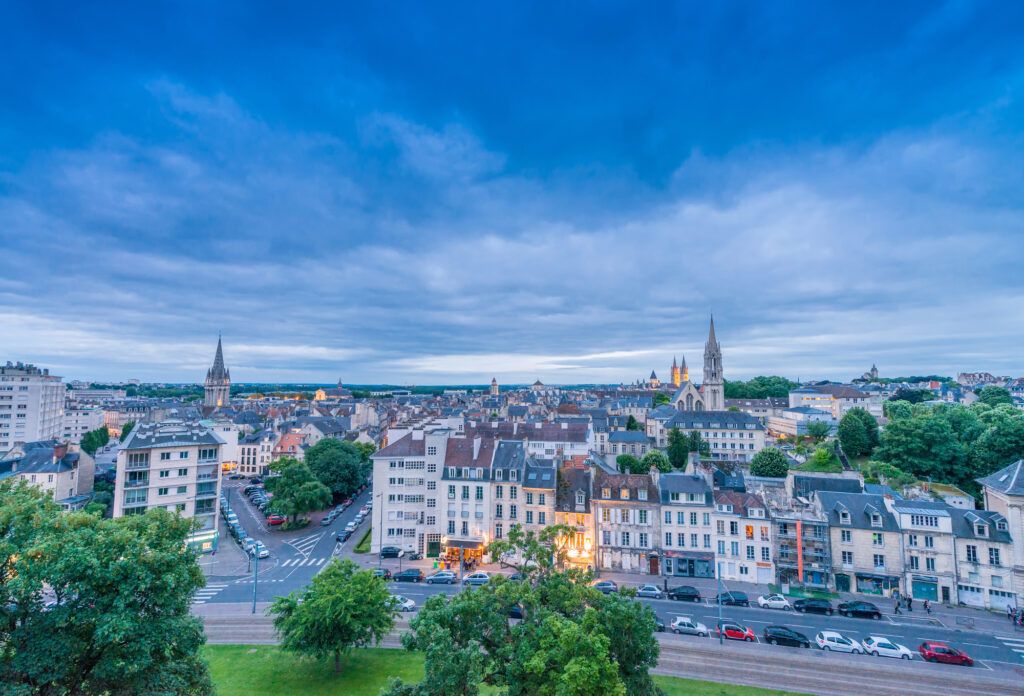Normandy’s got this fantastic mix of history and scenery, especially when summer rolls around. July’s energy is everywhere—solemn memorials, food festivals, and that unmistakable French vibe. If you’re heading to Normandy between July 6-12, 2025, you’ll stumble into normandy-this-week-june-29-july-5-2025/”>genuine French culture and get a firsthand look at some of World War II’s most significant sites.
The weather’s on your side this time of year. Museums feel inviting, and the outdoor sites just beg for wandering. Whether you’re drawn to the D-Day beaches or medieval towns, Normandy’s got something for every kind of traveler.
1) Visit Mont-Saint-Michel Abbey
You can’t really talk about Normandy without mentioning Mont-Saint-Michel Abbey. This UNESCO site sits on a rocky little island, its silhouette rising above the tidal flats—honestly, it’s something you have to see to believe.
Step inside and you’re surrounded by Gothic arches and centuries-old stone. The Grand Pilgrimage Hall, the Knights’ Hall, and that almost otherworldly cloister—each space tells its own story.
July usually brings mild temperatures and clear skies, so it’s a great time for a visit. The abbey opens daily from 9:00 AM to 7:00 PM during summer.
If you want a quieter experience, aim for early morning or late afternoon. The tides change the whole look of the place, so stick around for at least a couple of hours if you can.
Your ticket covers the village and ramparts. The guided tours are worth it—they dig into the abbey’s spiritual role and the wild evolution of its architecture.
The walk up Grande Rue is dotted with little shops and cafés, perfect for a pit stop. Bring comfy shoes; there are more steps than you’ll expect.
2) Explore the Cliffs of Étretat
The chalk cliffs of Étretat are just jaw-dropping. If you’re lucky with the weather (and July usually delivers), you’ll get those dramatic views that inspired Monet and a whole crew of painters.
There are three main cliff paths, each with its own vantage points. Porte d’Aval, with its needle-like rock, is the classic shot everyone wants.
Start at the town’s pebble beach for your first real look, then pick a trail up either side. The paths are marked, but they can get slick, so decent shoes are a must.
Go in the morning if you can—the crowds swell by midday. The light shifts all day, sometimes with a mist that makes the cliffs feel a bit mysterious.
Bring water and snacks; you won’t find much along the trails. The full walk, if you take your time, can eat up 3-4 hours.
3) Tour the D-Day Landing Beaches
July 2025 marks 81 years since D-Day, so this week’s a poignant time to visit. You’ll find guided tours from Bayeux, Caen, or Le Havre running daily.
Omaha Beach stands out with its wide sands and steep bluffs, a landscape that’s both beautiful and sobering. The American Cemetery nearby, with its 9,388 graves, is a powerful place for reflection.
Utah Beach has a solid museum right in an old German bunker. This week, they’re running special tours and staying open until 8pm for the summer crowds.
Pointe du Hoc is another don’t-miss D-Day site—the place is still scarred with craters and bunkers. Walking through it, you really feel the weight of history.
If you want to dig deeper, private guided tours let you set your own pace and cover more ground, with someone to fill in the backstory as you go.
4) Attend the Beauregard Festival near Caen
The Beauregard Festival wraps up on July 6, so it’s your last shot at catching one of Normandy’s top music events. The whole thing unfolds on the wooded grounds of Château de Beauregard, just outside Caen.
This year marks the 17th round for the festival, which kicked off July 2. The castle backdrop gives the main stage a kind of fairy-tale vibe, and a lot of people say it’s the prettiest open-air venue in the region.
You’ll hear everything from indie rock to electronic beats (see the lineup), and the final day usually draws the biggest acts.
If you don’t have tickets yet, you can still grab a day pass for July 6. Gates open at noon and the music rolls on into the night.
Bring shoes you can stand in for hours and a jacket for when the sun dips. Public transport runs between Caen and the festival, so you can skip the parking headache.
The festival’s known for its friendly crowd, though it can get packed by the main stage at night.
5) Stroll through Bayeux and see the Tapestry Museum
Bayeux is a dream if you’re into history. The medieval center is all winding lanes and stone buildings, perfect for a slow wander.
The Bayeux Tapestry Museum houses that famous 70-meter embroidery telling the story of William the Conqueror’s 1066 invasion. It’s even on UNESCO’s Memory of the World list.
Audio guides are easy to use, and you’ll want about 90 minutes to really take it all in.
After the tapestry, swing by Bayeux Cathedral—it’s practically next door and looks incredible inside and out.
If you need a breather, the Botanical Garden is a quiet spot with native Norman plants and shady benches.
And hey, don’t skip the local tea rooms in the old town. The apple cake, especially with a glass of Normandy cider, is something locals rave about.
6) Taste local cider in Pays d’Auge
If you want authentic Normandy flavor, the Pays d’Auge cider route is the way to go. The Cider Route winds through apple orchards, tiny villages, and family-run distilleries.
Cambremer is the unofficial cider capital and a good place to kick things off. It’s about 25 km from Côte Fleurie and right in the heart of apple country.
The drive is all rolling hills, cows, and classic timbered cottages—snap some photos, you’ll want them later.
Most producers offer tastings of cider, Calvados, and Pommeau. The cider here is a bit bitter, super refreshing, and pairs ridiculously well with local cheese or pastries.
If you’re up for a full day, follow a one-day itinerary and hit a few farms. This week, many spots have extra-long tasting hours and guided tours of their cellars.
If you’re sampling the strong stuff, either bring a designated driver or book a tour—better safe than sorry.
7) Discover medieval towns like Rouen
Rouen, Normandy’s capital, is a medieval time capsule. The city’s architecture is so well-preserved that you half-expect to see Joan of Arc walk by.
The cathedral is the showstopper—Monet painted it more than 30 times, and you’ll see why. The spires and stonework are just wild, especially at sunset.
Strolling through Rouen’s old town feels like wandering through a storybook. The half-timbered houses and winding lanes are mostly unchanged.
This week, some tours focus on Rouen’s Viking roots. Guides share how the city’s influence spread from the Seine to England and far beyond.
You’ve got to see the Gros Horloge, a huge 14th-century astronomical clock. The street around it is lined with shops and cafés, so there’s always somewhere to rest your feet.
Rouen sometimes gets overshadowed by Mont Saint-Michel or the D-Day beaches, but if you want a real sense of Normandy’s medieval past, it’s hard to beat.
8) Walk the charming streets of Honfleur harbor
Honfleur’s harbor is straight out of a postcard, with colorful cafés and restaurants lining the water. Fishing boats bob in the port, and the old buildings reflect in the water—there’s just something about it.
Step away from the main drag and you’ll find a maze of half-timbered houses from the 16th and 17th centuries. The cobbled streets twist and turn, and every corner feels like a discovery.
Evenings in July are magic here. The golden hour light makes the harbor glow, and it’s a dream for photographers.
Local artists often set up right on the docks, carrying on a tradition that goes back to the Impressionists. You’ll see why they loved the light here.
For a quieter visit, show up early before the tour buses roll in. You’ll get the best feel for the old-world charm without the crowds.
The cobblestones can be a bit rough, so comfortable shoes help. You can walk the harbor in an hour, but you’ll want to linger at cafés or browse the little shops.
9) Visit the Memorial Museum of the Battle of Normandy
Right in the center of Bayeux—first French town liberated after D-Day—the Memorial Museum of the Battle of Normandy dives deep into the 80-day campaign that helped change the world.
The museum’s been around since 1981 and sits close to the memorial garden for war correspondents and the British cemetery.
If you’re into military history, you’ll appreciate the artifacts, vehicles, and exhibits that go beyond just the landings. The displays cover strategy and personal stories, giving you a broader view of the campaign.
An hour or two is enough for most people, but you could easily lose track of time if you’re a history buff. The museum’s in a handy spot, so it’s easy to pair with other Bayeux sites.
10) Enjoy seafood at a beachside restaurant in Deauville
Deauville’s got some seriously good seafood spots, and the view? Well, it’s hard to beat eating right by the water. The town’s beach restaurants offer up that perfect blend of fresh air, ocean sounds, and plates piled high with local catches—sometimes you’re so close to the sand, you might get your toes in it.
Menus here lean heavily on what’s pulled from the Norman coast that day. Expect oysters, mussels, sole, sea bass… usually cooked in ways that really let the flavors shine. No need for fancy tricks when the fish is this fresh.
If you want something a bit more creative, L’Essentiel is a favorite. They serve up inventive dishes and always seem to have something unexpected on the menu. It’s one of those places you remember long after you’ve left the table.
Deauville’s restaurants buzz year-round, not just in summer. Sure, July gets busy, but if you slide in before the crowds really hit, you’ll still get that warm, attentive service.
Here’s a tip: book your table ahead of time, especially if you’ve got your heart set on watching the sunset over the water. The best spots fill up fast.
Essential Travel Tips for Normandy in July
July in Normandy is all about long days, warm temps, and that golden light that makes you want to stay outside forever. But, as with any good thing, there are a few quirks to keep in mind if you want your trip to go smoothly.
What to Pack for Summer Events
Normandy’s weather in July can’t quite make up its mind—one minute it’s sunny, the next there’s a cool breeze or a sudden shower. Temps usually hover between 55°F and 75°F (13°C to 24°C). Lightweight layers are your best friend, and don’t forget a waterproof jacket. Trust me, you’ll thank yourself when the rain shows up out of nowhere.
If you’re heading to the beach or the D-Day sites, throw these in your bag:
- Sunscreen (SPF 30+ is smart)
- A hat with a brim (the sun can sneak up on you)
- Comfy shoes for all that walking
- A sweater for when the wind picks up at night
For the summer festivals and events, a smart-casual outfit won’t go amiss. Some churches and historic spots ask for covered shoulders and knees, so keep that in mind.
And yeah, bring a reusable water bottle and a daypack. You’ll want your hands free for photos, snacks, or whatever else you pick up along the way.
Understanding Local Customs and Etiquette
People in Normandy really appreciate it when visitors try a little French. Even just “Bonjour,” “Merci,” or “S’il vous plaît” goes a long way.
Always greet staff with “Bonjour” when you walk into a shop or restaurant. It’s a tiny gesture, but it matters here.
Meal times tend to follow the classic French routine:
- Breakfast: 7-9am
- Lunch: 12-2pm
- Dinner: 7:30-9:30pm
Shops often close for lunch, especially in the smaller towns, so plan ahead if you’ve got shopping to do.
You don’t have to tip since service is included, but if someone goes above and beyond, rounding up or leaving a couple of euros is always nice. And if you visit D-Day memorials, remember to be quiet and respectful—it’s just the right thing to do.
Making the Most of Your Visit
Normandy’s popular spots can get crowded in July, and there’s a lot of ground to cover. A little planning goes a long way, especially if you want to hit all the big sights without getting stuck in lines or missing out.
Navigating Transportation in Normandy
Honestly, renting a car is the easiest way to see everything. The D-Day beaches and Mont Saint-Michel aren’t simple to reach by train or bus. If you’re visiting in July, book your car at least a couple of days ahead—vehicles go fast.
Regional TER trains link up bigger towns like Caen, Bayeux, and Rouen. Paris to Bayeux takes about 2.5 hours, but trains run less often on Sundays (especially July 6, if that’s your date).
Buses, like Nomad Normandie, connect smaller places, but they’re not super frequent. If you’re sticking to one base, tour buses are a handy way to do day trips.
Taxis are out there in the larger towns, but you’ll want to call ahead. Downloading the “Normandie Mobilité” app is worth it for up-to-date info on routes and schedules.
Best Practices for Booking Attractions
Go ahead and reserve tickets online for popular Normandy attractions—try to do it at least three days ahead. The American Cemetery Memorial program on July 9? You’ll need to pre-register, since spots are pretty limited.
Lots of museums bundle tickets, knocking 15-20% off regular admission. For instance, the D-Day Landing Museum in Arromanches stays open late (until 8pm) from July 8-12.
Some quick tips on timing:
- Hit the big sites before 10am or after 4pm to skip the worst crowds.
- Tuesdays and Wednesdays tend to be quieter this week.
- Mont Saint-Michel? It’s at its calmest during the evening tide.
If you’re planning to see a bunch of places, the Normandy Pass runs €45 and covers entry to six spots—including the Bayeux Tapestry and Caen Memorial Museum.
Looks like rain might show up July 7-8, so maybe lean toward indoor places like Monet’s Garden in Giverny on those days.

